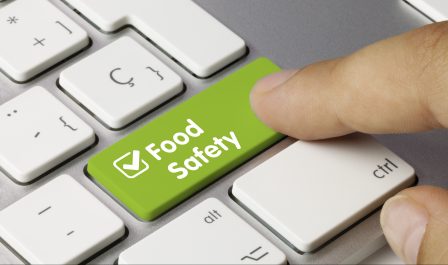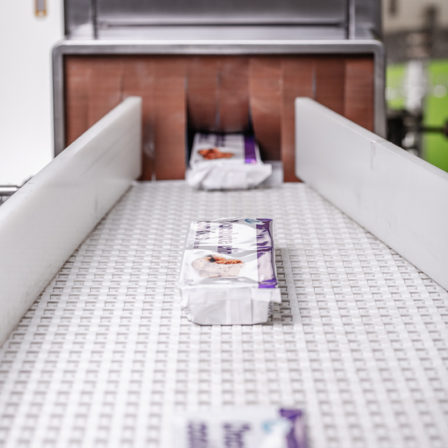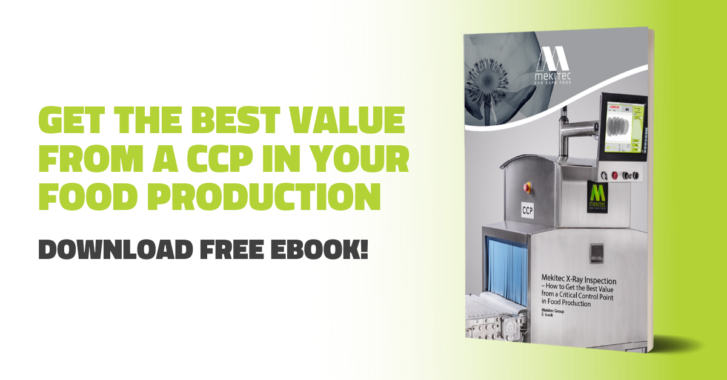
How to Get the Best Value from a Critical Control Point in Food Production?
To successfully implement food safety inspection and quality control systems, food producers need to evaluate their production process, and its risks and needs. This means constructing a well-thought-out HACCP plan that covers all the possible contamination risks in the production environment and sets critical limits for the detection performance.
When it comes to hazardous physical contaminations, the critical limits of CCPs used to be constructed around the detection of metallic contaminants, even though in many food industries the most common foreign object isn’t metal. For example, in the snack industry, the risks may include stones from the field from where the raw material is harvested.
Also, the inspection needs and requirements in the food industry have changed, becoming even more demanding. Food producers do not seek systems for foreign object detection only; they also want additional inspection functions that help them collect data, increase traceability and reduce customer complaints by removing non-conforming products from the production line.
These are a few of the reasons why food producers are seeking inspection solutions that provide the best total value of the investment in terms of cost versus benefits.
X-ray Inspection Technology
Up until a decade ago, production lines were mostly equipped with metal detectors as the Critical Control Points, because X-ray inspection systems were considered expensive and complex to use.
The X-ray technology and solutions have developed tremendously since then and now both the consumers and the food producers can benefit from having this technology available for individual food production lines, creating the best value for all the stakeholders.
With X-ray inspection, food producers can:
- Detect all kinds of foreign objects in addition to metallic ones by measuring the X-ray intensity and product density
- Inspect the overall quality of the products and discard non-conforming products from the production line with automated rejection
- Meet and exceed global and local food safety requirements, such as BRC Food Safety Standard and FSMA
- Fulfill consumer expectations by delivering only the best quality products
- Achieve true traceability when inspecting single packaged products and saving the data


Primary Packaging Inspection
Food producers should pay attention to the placement of the inspection system to fully ensure that they get the best value from their Critical Control Points. It can have a major impact on the detection results and the total value of the CCP.
When comparing different stages in the production process, it has been seen that:
- inspecting unpacked/bulk products, food producers cannot fully guarantee the safety of the final packaged products because the contamination can occur at a later point in the production process.
- inspecting secondary packaged products, the detection accuracy, and traceability decrease significantly. On the other hand, in the case of product rejection, other conforming products are rejected as well, creating a much higher amount of waste.
- inspecting primary packaged products with X-ray, food producers can benefit from full traceability, additional quality inspection features, guarantee the best detection rates and create a more sustainable and efficient production.
More Information
More information about the benefits of primary packaging inspection and X-ray technology can be found from our eBook “How to Get the Best Value from a Critical Control Point in Food Production”.
The main goal of this book is to consider all the factors involved in a quality control implementation project, with a view to ensuring the highest return on investment and best value.
By filling the form, you will receive the complete eBook to your inbox.

